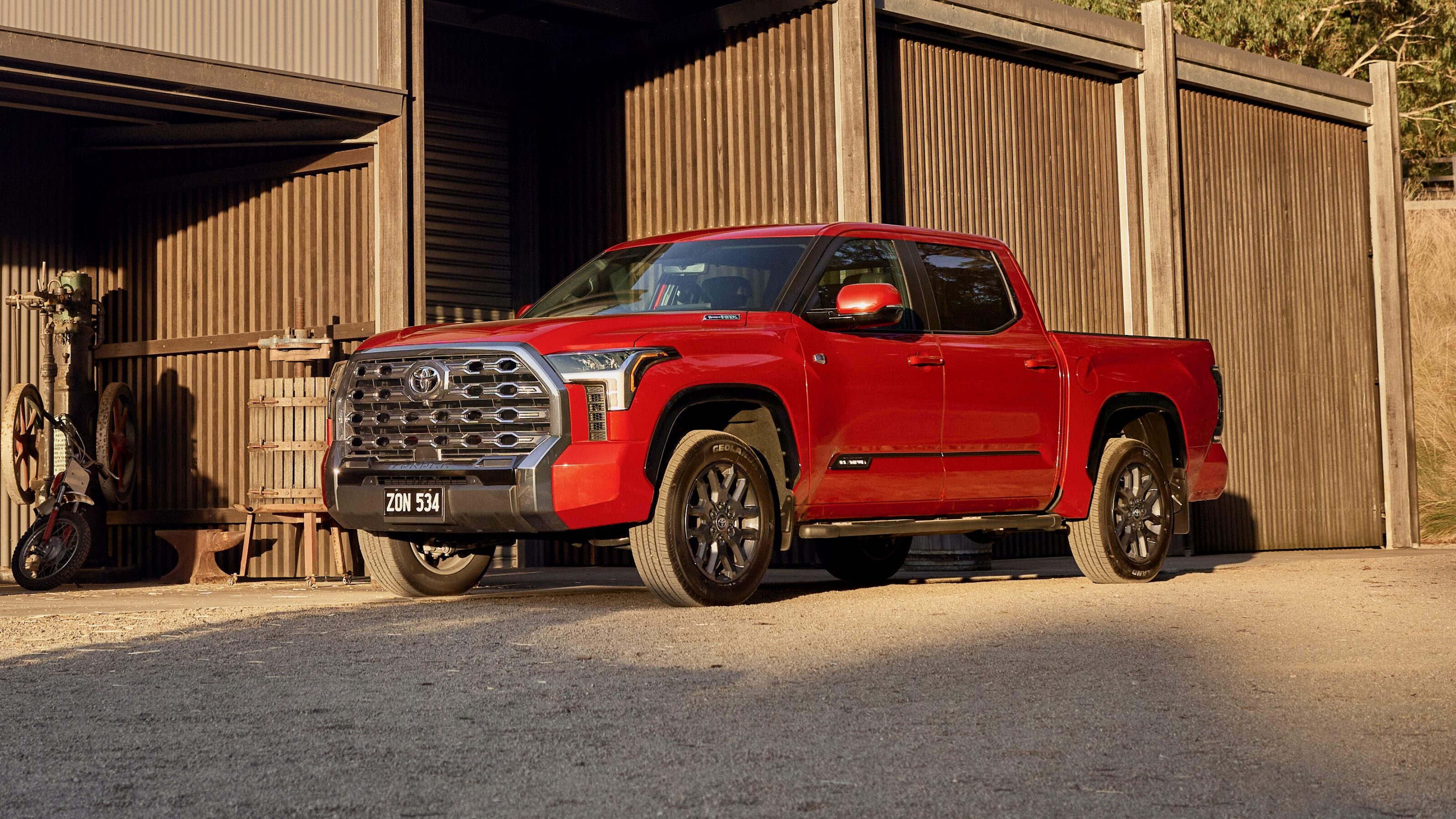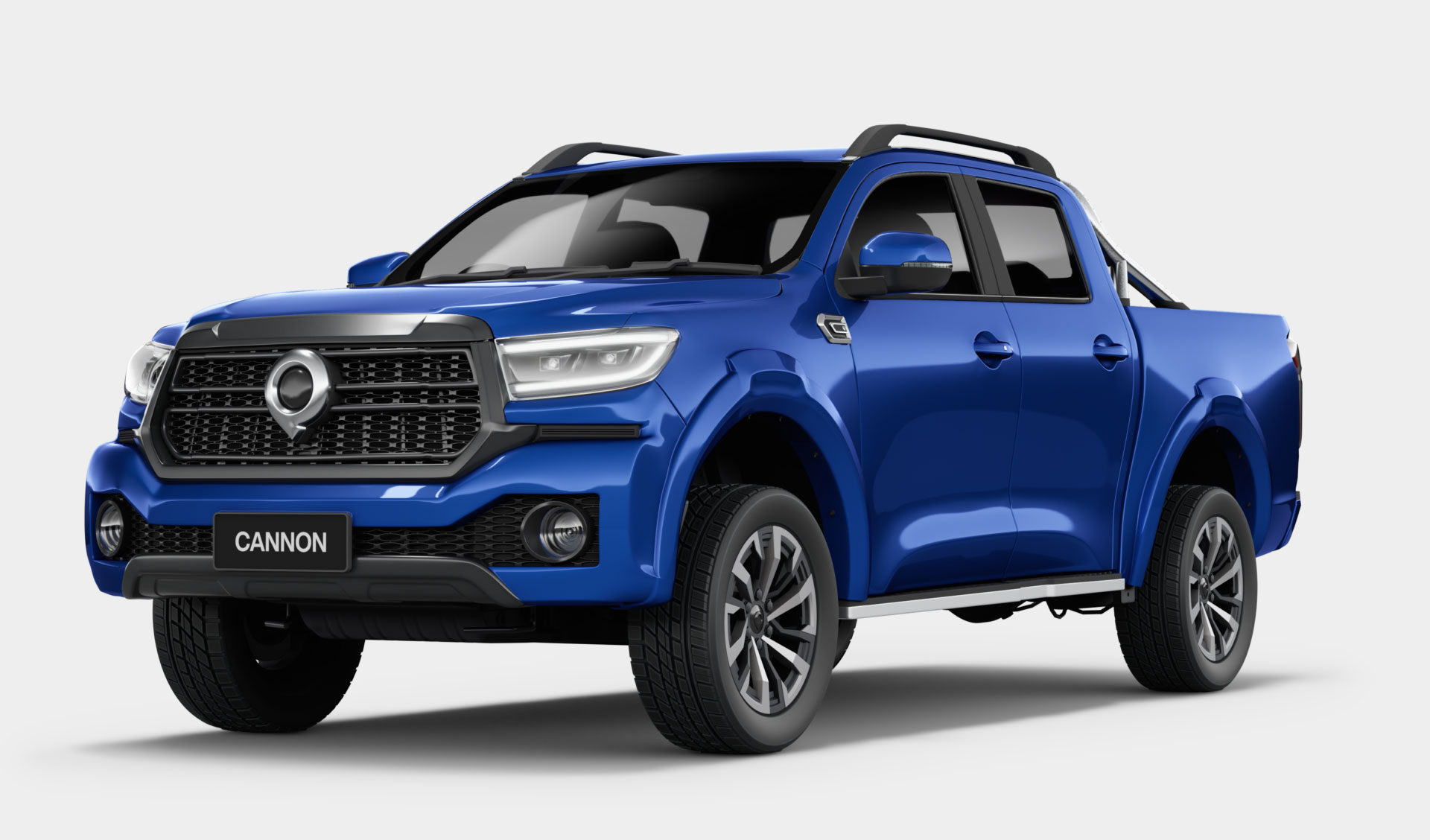Manual transmissions are at risk of dying out, both due to a decline in sales and the inevitable death of the internal combustion engine.
Toyota wants to change this trajectory, as uncovered applications with the United States Patent and Trademark Office have shown the Japanese manufacturer planning a manual transmission – for electric vehicles.
From the patent application, it sounds like the proposed idea is more like a system which mimics the actions of a traditional manual gearbox, saying it utilises a “pseudo-clutch pedal” and “pseudo-shifter”, controlling the torque delivered by the motor.
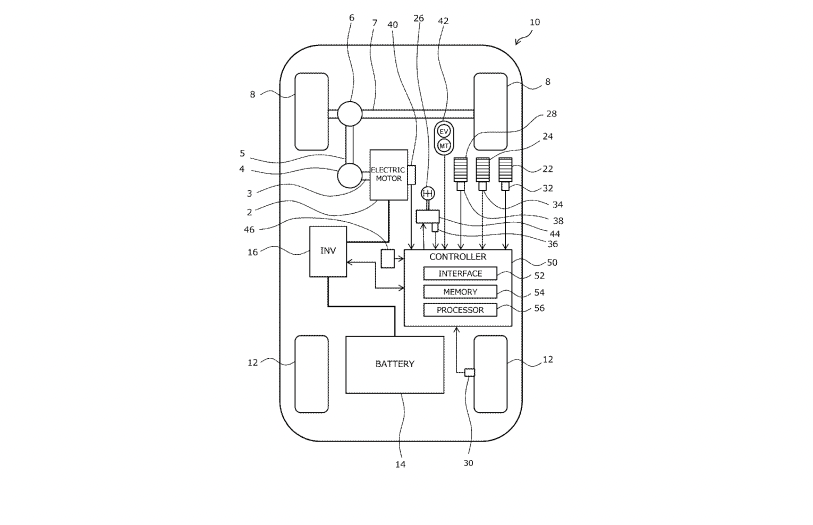
“The controller of the electric vehicle is configured to control the torque of the electric motor using the MT vehicle model based on the operation amount of the accelerator pedal, the operation amount of the pseudo-clutch pedal, and the shift position of the pseudo-shifter,” the application reads.
“The electric vehicle also includes a shift reaction force generator that generates a shift reaction force in response to the operation of the pseudo-shifter using by the operating of the reaction force actuator.
“The controller is configured to store the shift reaction force characteristic simulating the characteristic of the shift reaction force according to the operation of the shifter. Then, the controller is configured to control the shift reaction force output by the shift reaction force generator according to the operation of the pseudo-shifter using the stored shift reaction force characteristic.”
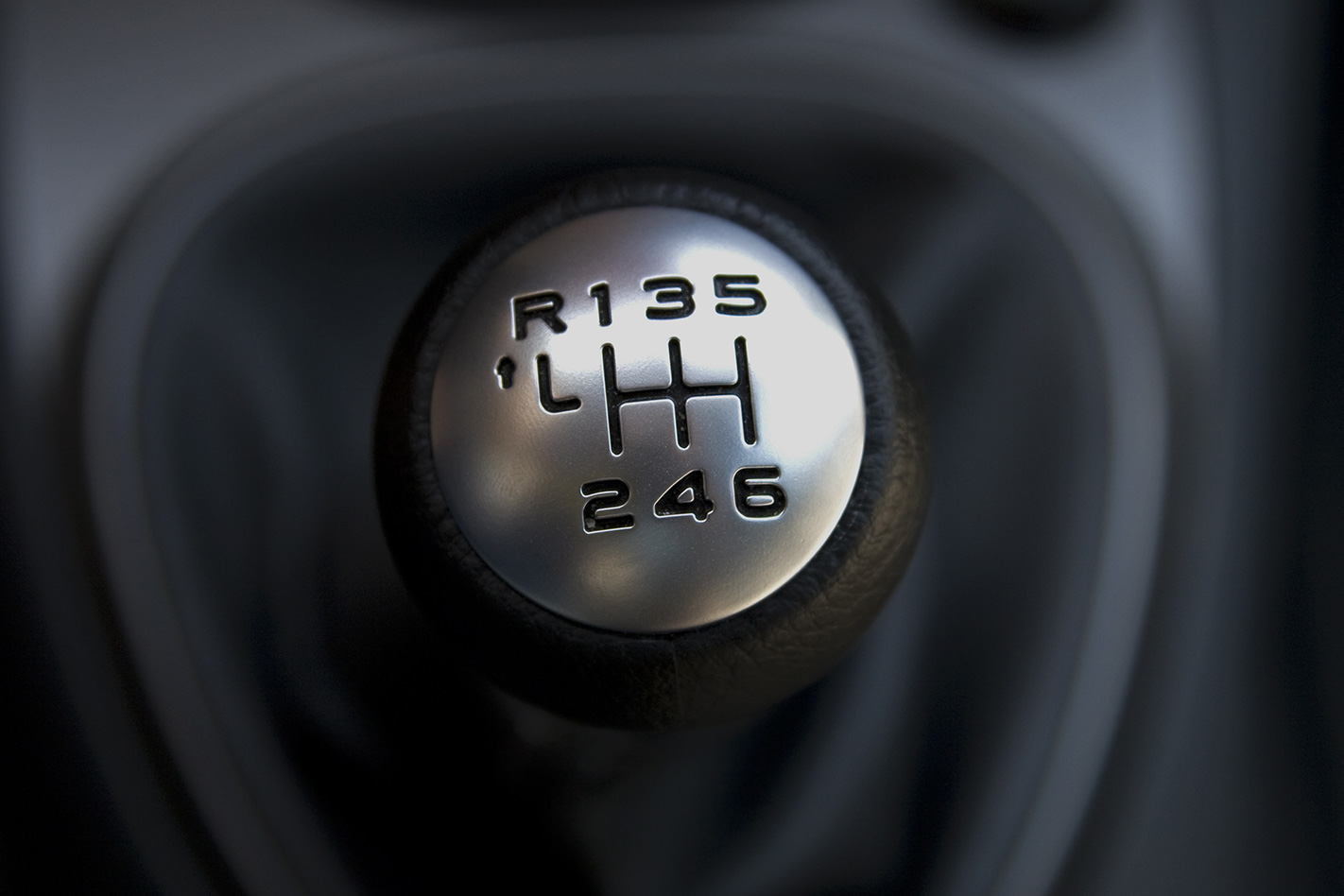
Nearly all electric vehicles send drive to the wheels through a single-speed gearbox, with the only exception coming in the form of Porsche’s Taycan and Audi’s E-Tron GT, both of which use a two-speed transmission.
In Australia, the original Honda Insight and CR-Z are the only conventional hybrid vehicles to be sold with a manual transmission, as all of Toyota’s current electrified vehicles are sold with automatic gearboxes only.
Last year, Toyota showed off its 30-strong future electric vehicle line-up, committing to selling EVs only the European, United States and Chinese markets from 2030.
We recommend
-
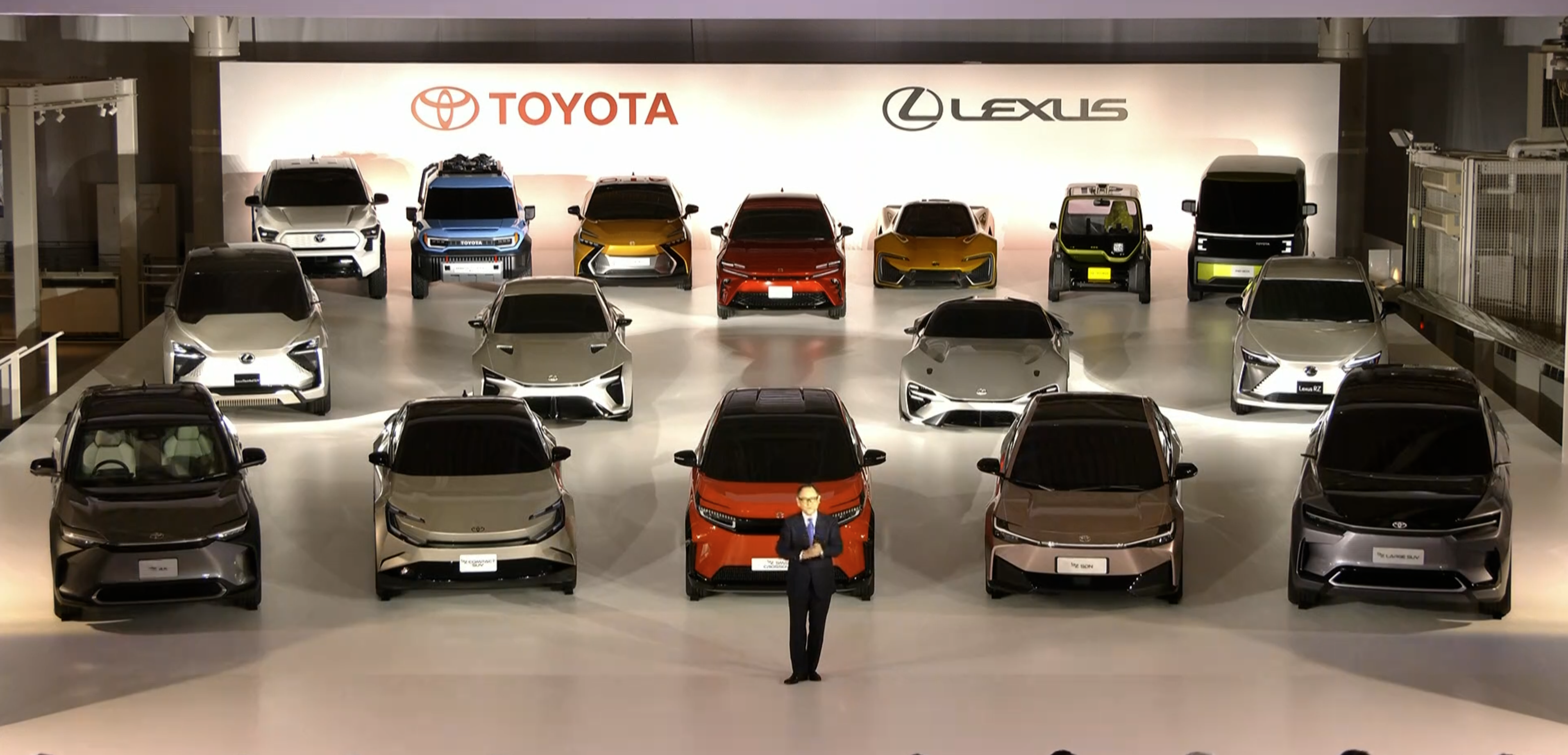 News
NewsToyota to introduce 30 BEVs by 2030, Lexus goes all-electric by 2035
Japanese heavyweights now backing the battery-electric fight
-
 Opinion
OpinionOpinion: Don’t let the manual gearbox die out
Things are certainly looking grim for the manual, but the way to save it is simple.
-
 News
NewsToyota AE86 turned into electric drift car
And even though it doesn’t sound like anything but screeching tyres, it’s still pretty cool




